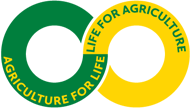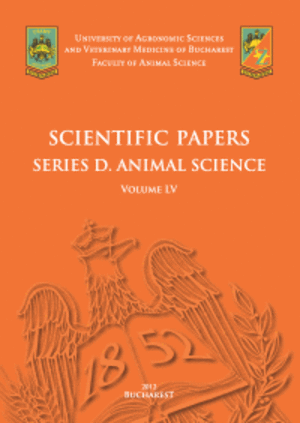Published in Scientific Papers. Series A. Agronomy, Vol. LXVIII, Issue 1
Written by Mihaela BĂLAN, Oana Alina NIȚU
In Gorj County, water erosion is the most common form of soil degradation, affecting an area of 139,027.95 ha, i.e. approximately 57.04% of the total agricultural land. Of these, 134,940.26 ha are affected by surface erosion, and 4,087.69 ha by depth erosion. The diversity of the relief, anthropogenic productive activities and climate change contribute to the extension of these erosion processes, significantly affecting agricultural productivity on the affected areas. Soil erosion in Gorj is thus a major problem for the agricultural sustainability of the region. In the internal hollow, more precisely in the secondary hollows of Tismana, Peştişani, Crasna, Novaci, Polovragi, there are soils evolved on fluvial gravels with a strong acidic character, brought from the mountains. These soils contain a high percentage of skeletal material, which acts as a limiting factor by reducing the edaphic volume of the soil. In these areas, the land has slopes greater than 5%, and surface erosion occurs over the following areas: 7,793.52 hectares in Padeș, 5,733.88 hectares in Crasna, 4,194.32 hectares in Tismana, 3,824.80 hectares in Novaci, and 1,971.58 hectares in Polovragi.
[Read full article] [Citation]




